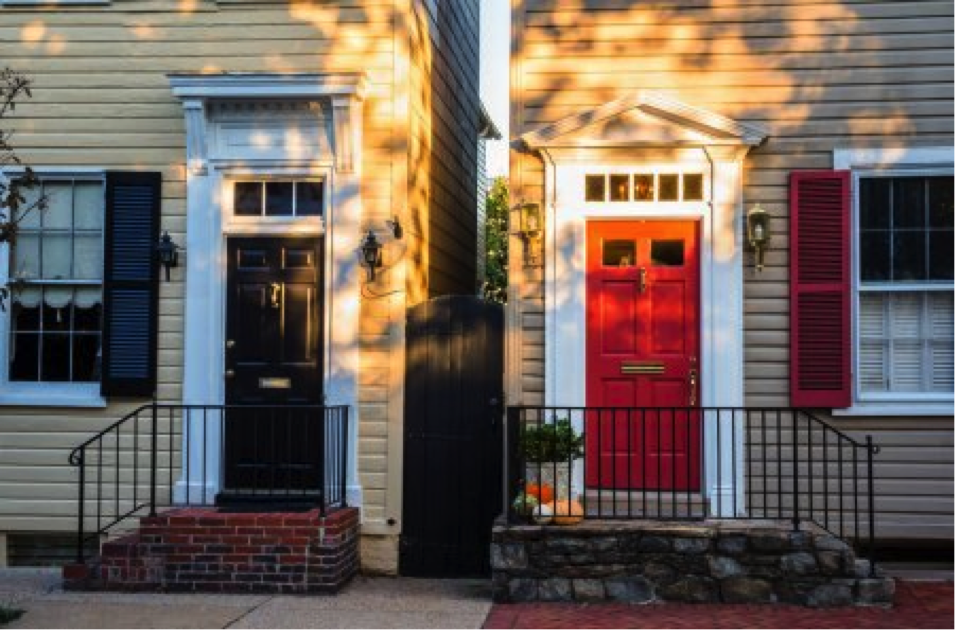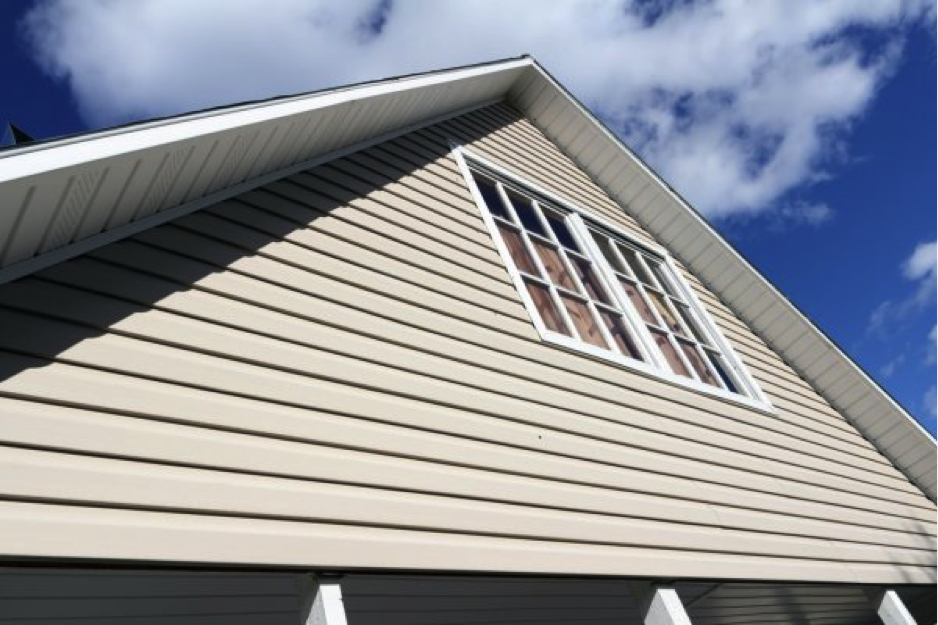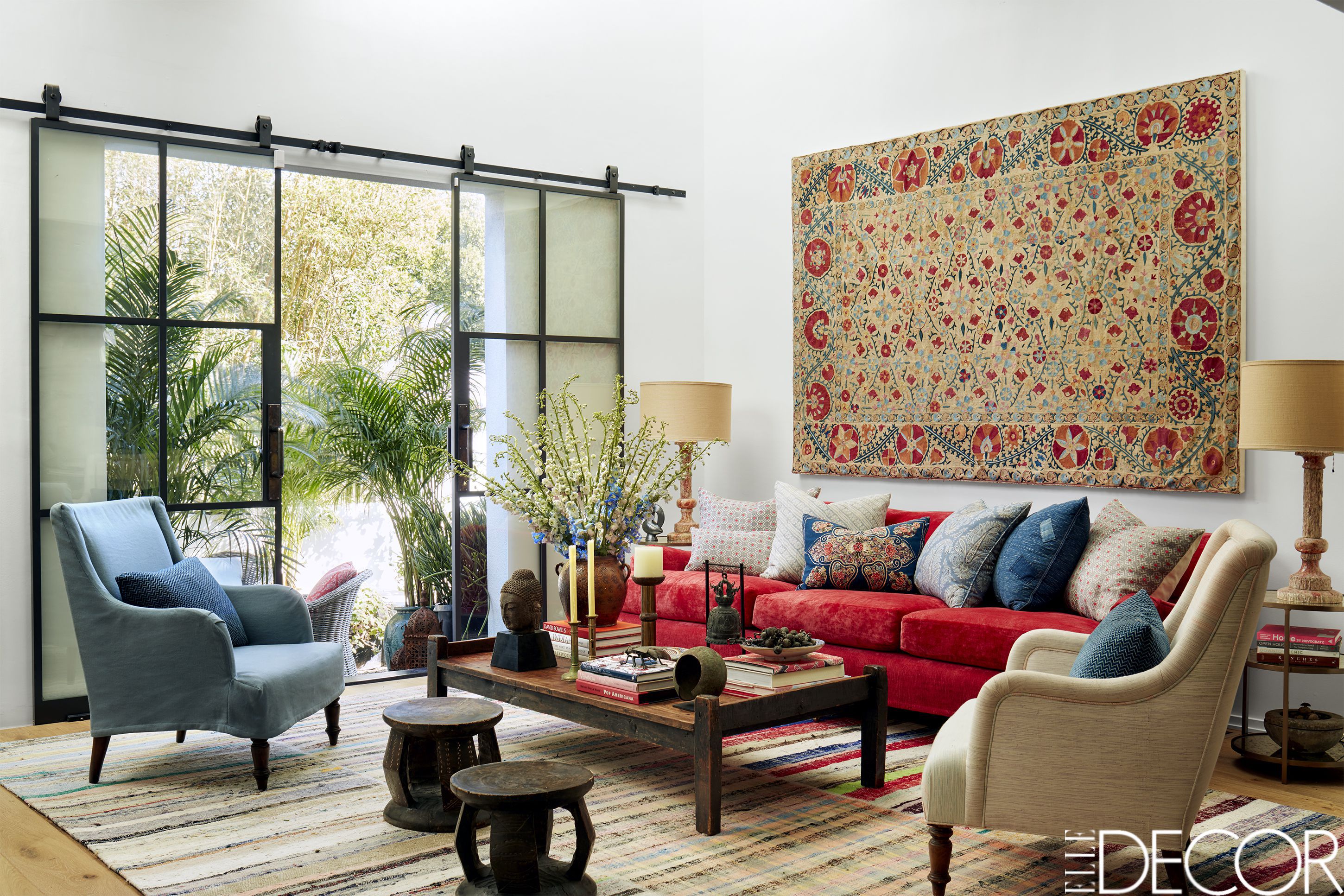Pros And Cons Of Vinyl Siding And Roofing

Considering installing new roofing or updating your home’s exterior? Here is why vinyl siding and roofing might be your best choice!

When we think of building our home, several things come to mind. The quality of materials you use, and if the structure can stand come hell or high water. One of the most important would have to be about the state of your roof and the adjacent parts around it. We’ve talked about several topics that include danger signs of roofing, etc., but are you aware of what happens to the surrounding structures when you apply for faulty roofing? According to this article on Wikipedia, decay starts behind your sidings and creates what is called dry rot. Dry rot is a type of rot that happens when the wood is left to dry and become brittle.
What Is Vinyl Siding?
Vinyl is made from the third most popular synthetic plastic, Polyvinyl Chloride (PVC), a widely used industrial material. It can also be considered the most residential-friendly material, as almost 30% of the US residential homes use vinyl sidings for their houses. It can be hard as industrial pipes or as pliant as plastic. Because of this, it has found niches in various fields for it. One main user of PVC is roofing companies like http://rhinobackroofing.com, giving importance to both quality roofing replacement/installment, and quality materials for a long-lasting structure you can call home. PVC has proven to be useful to them both for safeguarding residence from unwanted rot and dismantling. Other uses of Polyvinyl Chloride range to other fields as well. This includes household products. It was discovered that PVC is water-resistant, thus giving it a unique place in this field, as raincoats and boots are made from it.
Another use for it includes packaging and construction. Since Polyvinyl Chloride can take the form of something as thin as a plastic wrap, it became a ready choice for packaging companies to make use of. It can easily protect the integrity of the contents inside. Other sturdier forms of this material are often used for other products as well, such as medicines (clear vinyl) and food (Clamshell packaging). Other uses can be found in healthcare. Modern blood bags are made from PVC, ensuring unbreakable and tear-resistant material for the safety and efficiency of the treatment. It is also made for IV bags and medical tubes.
The Important PROS
* This material is strong and durable.
A third of the production of vinyl goes to construction and building uses. It is considered to be moisture-resistant as well as abrasion-resistant and can replace many materials in construction such as metal pipes. Using PVC pipes does not only do the aforementioned job one step further, but the life-cycle of this is an astonishing 100 years of service whereas copper is 50 years and brass is 70 years.
This is exactly what you need to find when installing sidings. These facts alone can paint a picture of how long PVC will last, and what conditions they can withstand if you somehow pick them to be your siding. There are varied thicknesses for this, and the chunkier you go the more durable they get.

* It is inexpensive.
Polyvinyl Chloride is derived from salt, a very inexpensive natural resource, and ethylene, a natural gas. Because their materials are more or less acquirable anywhere, several manufacturing companies can create PVC and sell them, costing almost next to nothing at all. This is why PVC is relatively cheap compared to other sidings like mid-grade cedar. It is almost 3x cheaper.
Thus, this material ends up being well-sought because of its properties, both physical and mechanical. When used on your home, PVC sidings can assure a quality service time without giving you too much of a hassle and burning a hole in your pocket.
* It requires no rigorous maintenance.
Vinyl siding has a slick surface that allows dust, cobwebs, dirt, and other undesirables to slide off with just a simple wipe. It can also work by hosing the sides down, PVC can withstand the impact and is 100% water-resistant anyways.
Repairing it won’t even make you break into a sweat. Replacing vinyl sidings is as easy as taking off the broken ones and installing newer ones. Other sidings that require extensive work, like wood sidings that need to be sanded down constantly.
* Color Variation
10 years ago, we might still be painting on our sidings with our desired color. That is both time-consuming and wasteful considering today is as fast-paced as Google search engines are. Nobody has time to open a can of paint, scoot down and paint leisurely all around the house. This is the gift vinyl siding has given us: baked-in color that cannot be scratched, stripped, or fade into obscurity. Vinyl sidings now exist in several colors of your choosing.
The CONS To Consider
* It is likely to be susceptible to extreme weather.
As much as vinyl is tough, it cannot face extremes head-on, like any other sidings. Vinyl sidings are known to become brittle during harsh winters and break apart. Once this happens, it opens the way for moisture, mold, and rot to settle in behind it, harming your structure as a whole. In extreme heat (though this is a rare case), vinyl sidings are known to melt. It is not the best insulator to use in a home. If this type of siding will be chosen, you have to get ready for additional costs in home wrapping insulators, and you will need a contractor for this as well.
* It is likely to have dents.
Any siding can be susceptible to dents, but in the cause of vinyl, any hard material such as a branch or a rock can easily dent it. The worst part is the removal and installment of panels. When a part of a panel is dented, you need to replace the whole thing, and though it may be easy to install and replace, it is still an additional cost on your part.
Final Thoughts
This siding has its pros and cons and depending on your situation, it can cause problems or relieve you of a headache and a hole in your wallet. When choosing this, be sure that your state is neither experiencing extreme, long winters nor heat-stroke inducing heat. It is also recommended to trim your house trees from any branches able to hit the siding. Other than that enjoy your colorful and cost-effective vinyl-siding.







Leave a Comment